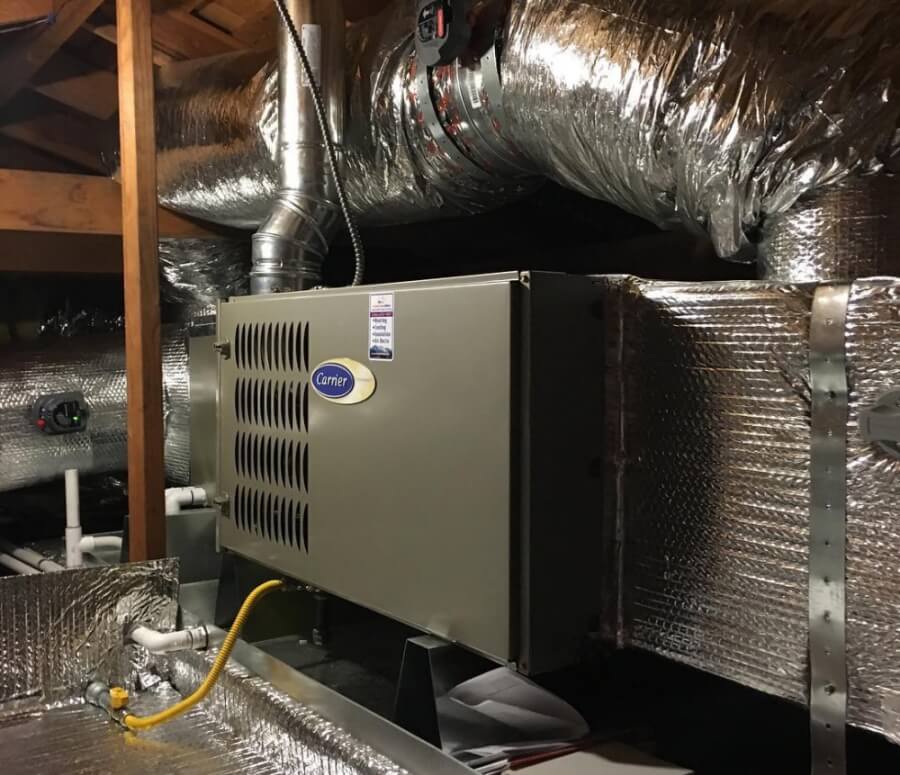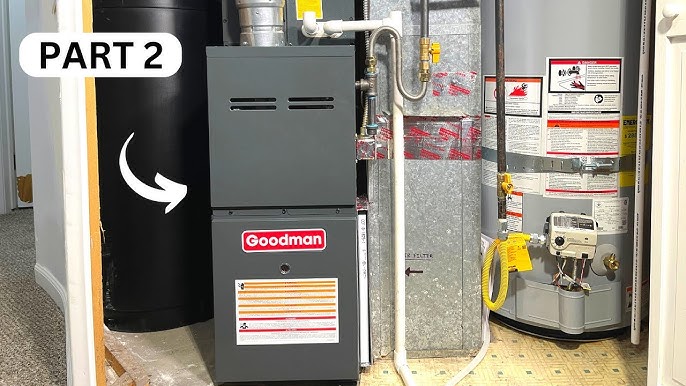Need furnace repair? Trust our HVAC company to get your system running smoothly
Need furnace repair? Trust our HVAC company to get your system running smoothly
Blog Article
The Ultimate Guide to Heater Setup for a Cozy Home
Heater setup is a crucial aspect of preserving a comfy home atmosphere, particularly during the colder months. Recognizing the numerous kinds of heating systems available and the importance of selecting the suitable dimension can considerably impact both efficiency and comfort degrees. A comprehensive setup procedure, complemented by the right devices and materials, ensures ideal efficiency. This overview aims to equip property owners with the expertise needed to make educated choices and carry out reliable upkeep practices. As you think about these aspects, the inquiry remains: what steps can you require to ensure your furnace offers you well for many years ahead?
Kinds Of Heaters
When considering heater installment, comprehending the numerous sorts of heating systems readily available is essential for making an educated choice. The key kinds of heaters include gas, electric, and oil heating systems, each offering distinctive benefits and considerations.
Gas heaters are one of the most typical choice because of their effectiveness and reduced operational expenses. They utilize all-natural gas or propane, providing quick heating and regular performance, making them ideal for cooler environments.
Electric heating systems, while typically less complicated to mount and keep, have a tendency to have higher operational prices. They are frequently favored in locations where gas solution is unavailable or for homes with existing electric facilities.
Oil furnaces, though less common today, continue to be a viable choice in particular regions. They burn heating oil, which can be helpful throughout colder months, however their dependence on oil shipment postures prospective obstacles.
In addition, there are high-efficiency versions offered throughout these kinds, which can substantially reduce power usage and energy expenses. Ultimately, recognizing these heating system types will aid property owners choose a system that straightens with their heating needs, budget, and power choices.
Picking the Right Size
Picking the ideal dimension for a furnace is important to ensuring optimum efficiency and energy effectiveness. A small heating system will certainly have a hard time to preserve comfortable temperature levels during the chilly months, leading to raised deterioration, higher energy bills, and prospective system failing. On the other hand, an extra-large heating system might cycle on and off also frequently, leading to ineffective home heating and uneven temperature distribution within the home.

Heater sizes are commonly gauged in British Thermal Units (BTUs), which suggest the quantity of power required to heat an area. It is suggested to seek advice from a certified a/c professional that can perform the required computations and advise an appropriately sized device. furnace repair. Buying the right furnace dimension not only enhances convenience however likewise adds to long-lasting energy cost savings and system dependability
Setup Process Overview
As soon as the ideal heating system size has been determined, the following action involves comprehending the setup process. This procedure commonly starts with an extensive evaluation of the installation website, consisting of the existing ductwork and air flow systems. Appropriate planning is vital to ensure seamless assimilation and ideal performance of the new furnace.
The installment generally includes detaching the old device, which includes safely eliminating any electric links, gas lines, and ductwork connected to the previous heater - furnace repair. article When gotten rid of, the new heater is thoroughly located and leveled, guaranteeing that it fulfills the manufacturer's specifications for optimum procedure
Following, the installer will certainly connect the needed gas and electric lines, sticking to local codes and security laws. Following this, ductwork may need to be modified or replaced to fit the new system, making sure effective air flow throughout the home.

Essential Devices and Products
Collecting the important devices and products is important for a successful heating system installment. Proper prep work makes certain that the installation process is reliable and reduces the potential for errors.
Secret tools needed include a drill, screwdrivers, wrenches, pliers, and a level. A multimeter is necessary for electrical connections, while a pipeline cutter and flexible wrench are necessary for gas line setup. In addition, a tape step and a stud finder will aid in making sure exact placement and protected fastening of the heating system.
In terms of materials, you will need ductwork, insulation, and sealing tape to make certain optimum air flow and energy performance. It is additionally important to have a new heating system filter available, together with venting materials, such as PVC pipe or metal flue, relying on the kind get redirected here of heater being installed.
Safety and security equipment, including gloves, safety glasses, and a face mask, is additionally essential to shield versus dirt and debris throughout installment. Having all these tools and products conveniently available not just enhances the process but likewise enhances the safety and effectiveness of the heating system installation.
Upkeep Tips for Durability
To ensure the longevity of your heating system, it is important to carry out a regular upkeep schedule that resolves crucial components of the system. Beginning by replacing or cleansing the air filter every one to 3 months, as a clogged filter can limit air movement and reduce performance. Additionally, check and clean the blower assembly to avoid dirt accumulation that can impede efficiency.
Following, check the thermostat settings and alter if necessary to guarantee precise temperature level regulation. Examine the ductwork for leaks or obstructions, as this can cause power loss and irregular home heating. Frequently lube the electric motor and bearings according to the maker's referrals to decrease damage.
Professional evaluations must occur every year, where a qualified specialist can assess the heater's total condition, check for gas leakages, and guarantee that safety attributes are working correctly. Finally, consider installing a programmable thermostat to enhance power use and keep constant home temperatures. By embracing these upkeep practices, you can boost your heating system's performance, prolong its life-span, and eventually enjoy a comfy and comfortable home environment.
Final Thought
Effective heating system installment is essential for attaining optimal home comfort and energy efficiency. Understanding different click reference heater types and picking the suitable dimension makes sure correct performance (furnace repair). A thorough installation procedure, supported by the right devices and products, contributes considerably to the system's performance. Furthermore, regular maintenance plays an important function in lengthening the life-span of the heater. Following these guidelines promotes a warm and welcoming living area, necessary for withstanding the challenges of chillier months.
Report this page